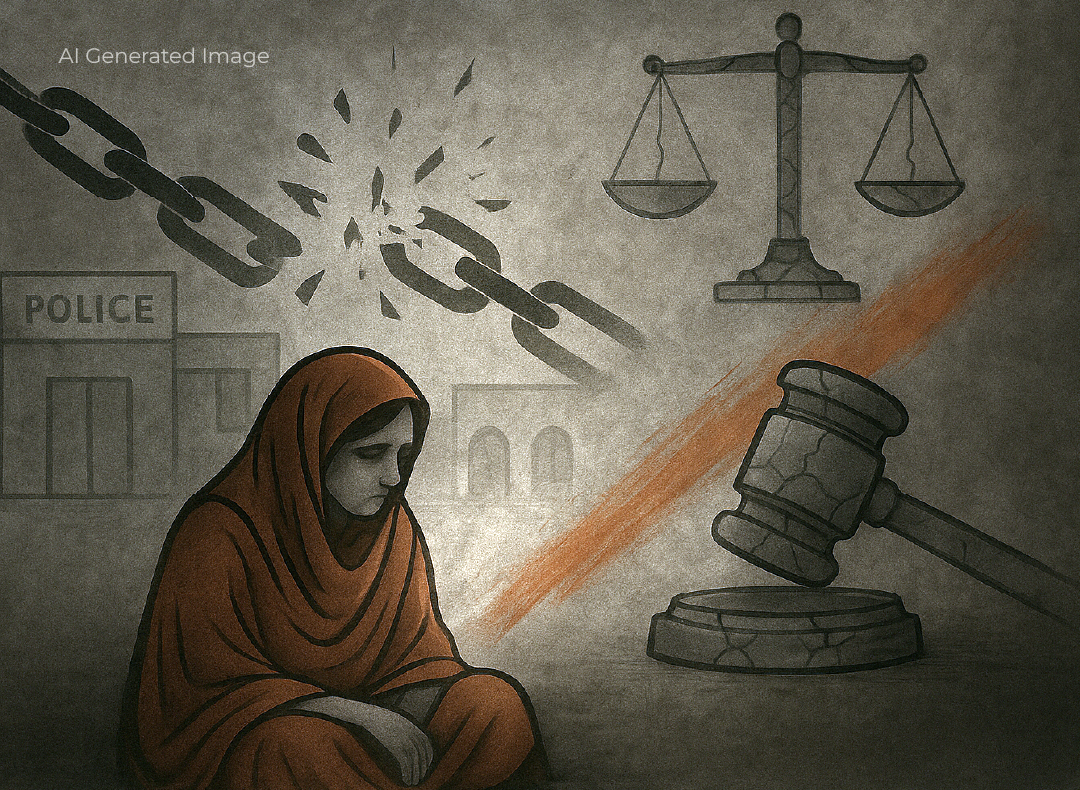Forty-year-old Alam Khan is a resident of Mohalla Miana in Mianwali. His two children, aged nine and six, attend school but were not going for a week straight as both had stomach aches and diarrhoea.
The government water filtration plant in the Alam Khan area has been closed for two months, so they were using water from the government water supply at home.
He says that he got the children checked at the hospital, and the medicine gave them temporary relief, but the pain started again the next day.
"The next day, when I reached the hospital, I saw other people from the neighbourhood who had also come to get their children checked. We checked the local water and sent the samples to the laboratory.”
“The results we got from there from there were worrying."
District headquarters Mianwali is a city with a population of one and a half lakh people. Mohalla Miana, Mohalla Hashim Shah, Mohalla Khanki Khel, Mohalla Balokhel, Mohalla Zade Khel, Mohalla Watta Khel, Wandhi Ghund Wali, and Mujahid Town are the major settlements here.
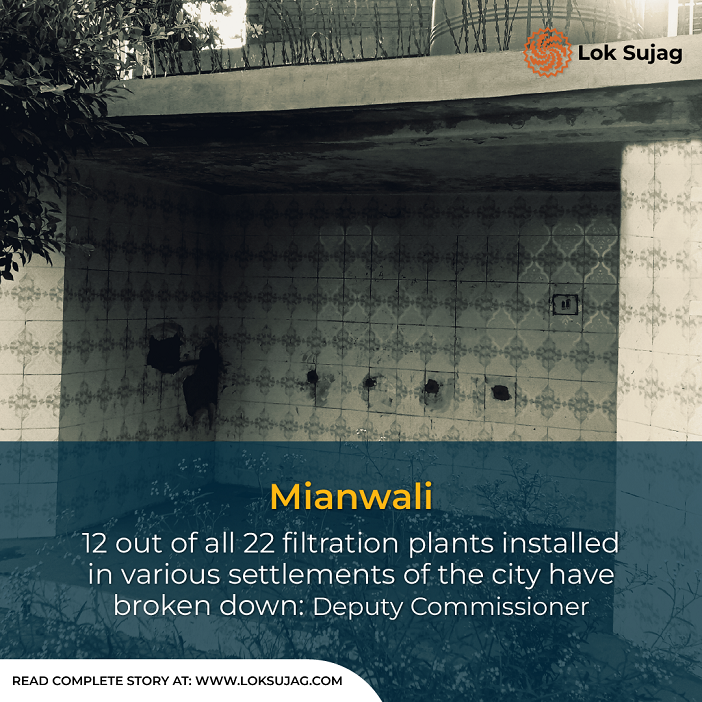
Alam Khan says that 11 water supply schemes are working in different settlements of the city. All pipelines laid 30 years ago are now dilapidated. The water smells terrible in most settlements, and people do not want to use it.
According to the laboratory report, the quantity of salts in the water samples taken from different settlements of the city is less than the required limit. The total dissolved solids (TDS) level of the water has reached 1,080, while a maximum of only 900 mg per litre is acceptable.
Arsenic levels in water samples are as high as 190 micrograms per litre. According to the World Health Organisation (WHO), the maximum amount of arsenic should not exceed ten micrograms per litre. However, the amount considered acceptable in Pakistan is up to 50 micrograms.
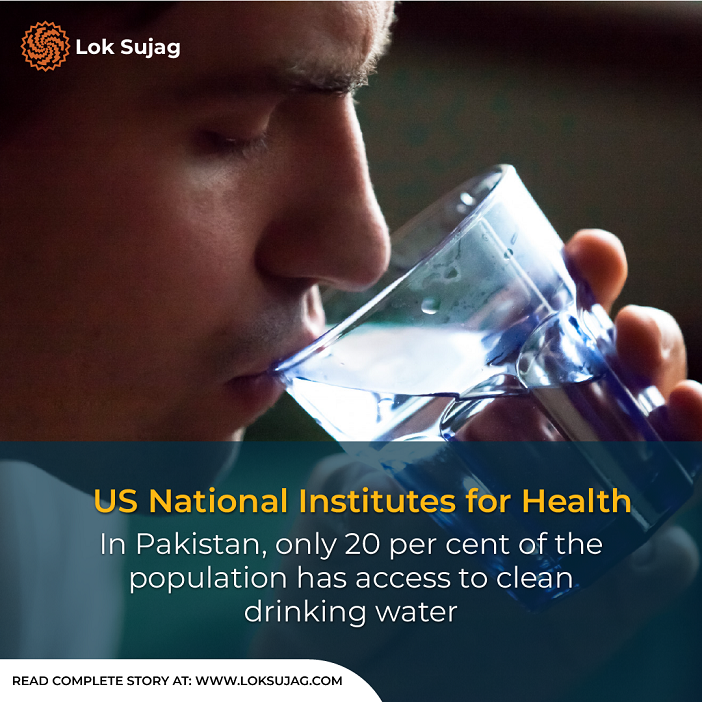
Senior Dr Ameer Ahmed Khan of District Headquarters Hospital Mianwali says that the lack of minerals in drinking water is the reason for the increased rate of children getting sick here. So far this month, 50 per cent of the patients who came to the hospital were children, mostly with complaints of vomiting and diarrhoea. Whereas in adults, cases of hepatitis A are increasing.
According to the official data, 3000 patients with typhoid, cholera, dysentery, hepatitis A, and liver cancer were admitted to District Headquarters Hospital Mianwali in November this year. Out of which, 1,900 were residents of Mianwali city. Doctors say that the leading cause of these diseases is the use of unhealthy water.
The American National Institute for Health (NIH) said in its 2017 report that only 20 per cent of the population in Pakistan has access to clean drinking water. While 80 per cent of the country's population is forced to drink unsafe water.
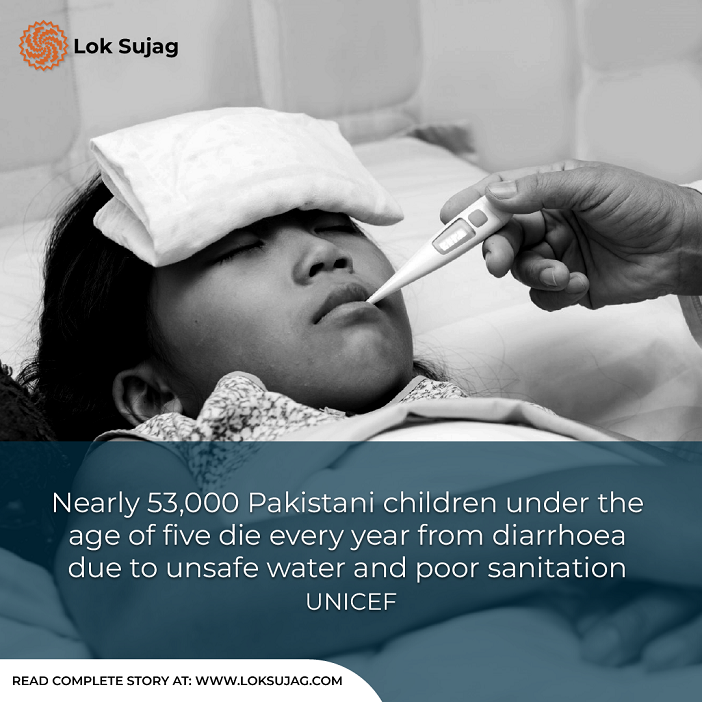
Statistics from the United Nations Children's Fund (UNICEF) also confirm the NIH’s report. According to UNICEF, about 53,000 Pakistani children under the age of five die every year from diarrhoea due to unsafe water and poor sanitation.
Pakistan's Conservation Strategy Report admitted that the country has a 40 per cent incidence of diseases such as typhoid, intestinal worms, diarrhoea, and gastroenteritis caused by unsafe water.
According to the International Union of Conservation for Nature (IUCN), about 60 per cent of child deaths in Pakistan are caused by dangerous water-borne diseases. This rate was the highest reported in Asia.
Given the situation, the Executive Board of the World Bank also approved an investment of 44 crores 20 lakh dollars to improve the supply of clean water and sewage in Punjab. But there is no improvement in the situation.
Twenty-four-year-old Khadija, a resident of Mohalla Wattah Khel, teaches at a private school. The filtration plant in her area has also been closed for three months. Due to this, she had to bring drinking water from neighbouring houses that had installed submersible pumps.
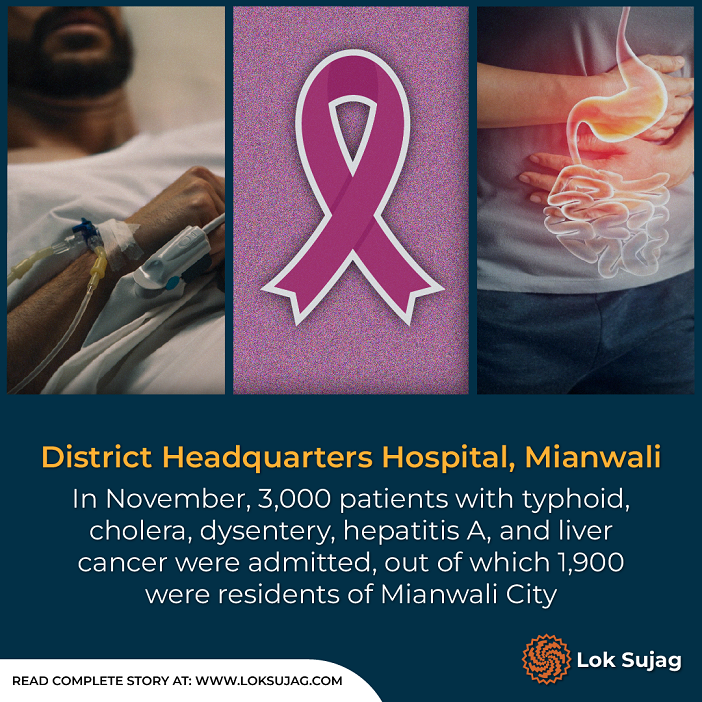
She says that last month, she began having constant pain in her body and started turning pale. She got herself checked up at the district headquarters hospital. The doctor diagnosed 'jaundice' and attributed it to contaminated drinking water.
Muhammad Faheem Iqbal is posted as a research officer in the Public Health Engineering Department, Mianwali. He says that the water supply bore in the city is six to seven hundred feet deep. Clean water comes from here, but due to rotten pipelines and leakages, sewage water is added to it, which is harmful to drink.
He says that people in the city install a pump on a hundred feet bore, which does not produce clean water. A submersible pump should be at least two hundred feet deep.
Also Read
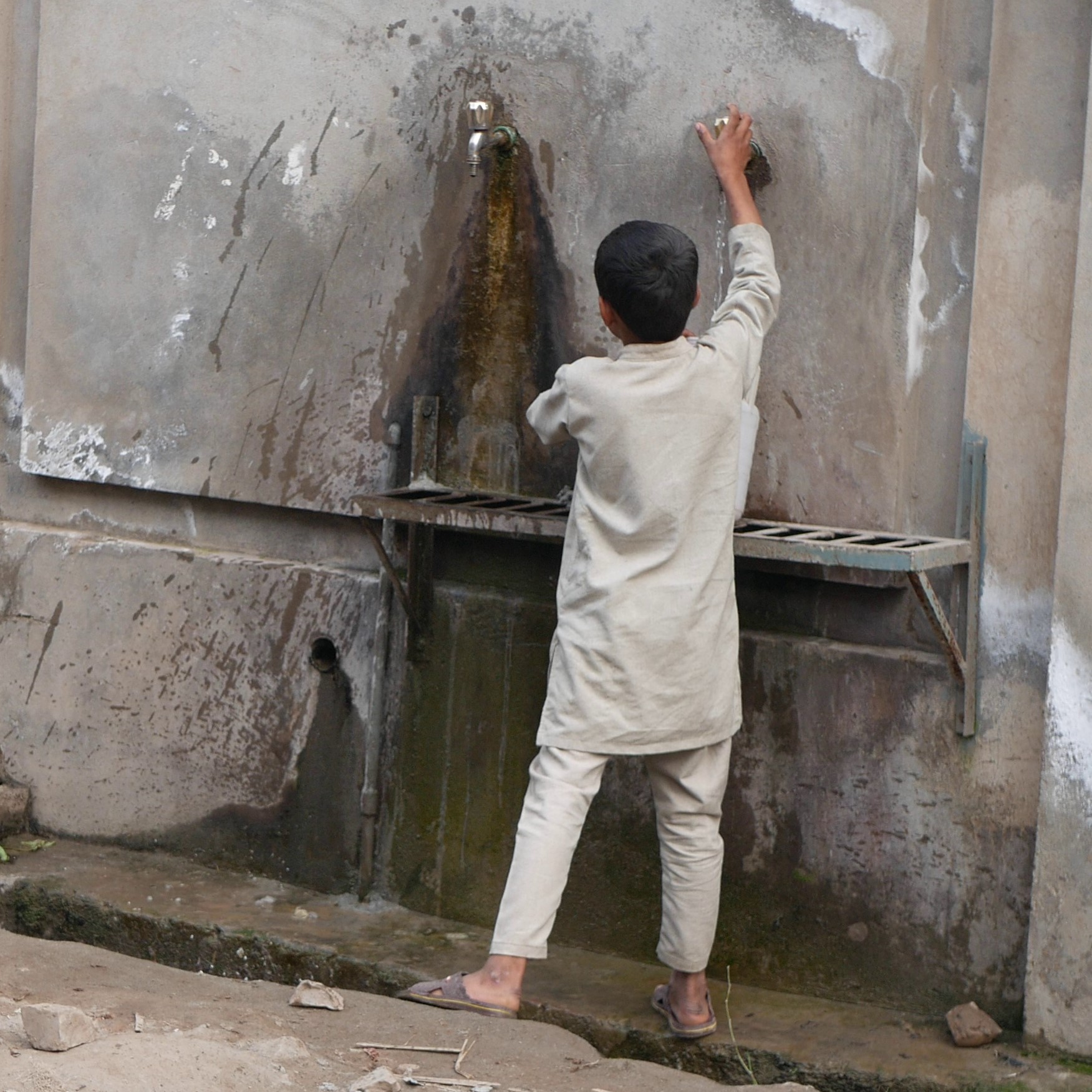
Water crisis in Ghotki: Failed filtration plants leave residents struggling with contaminated water
Municipal Officer Mianwali (Infrastructure) Waqar Haider does not deny the contamination in the water. He says that a team has been formed to survey the rotten pipelines in all the settlements in the city. Instructions have been issued to this team to complete the work immediately. Supply lines will be changed as soon as the report comes.
Deputy Commissioner Mianwali Sajjad Ahmed Khan confirmed while talking to Lok Sujag that all 22 filtration plants installed in different settlements of the city had been damaged.
He said that he took action on the citizens' complaints. “Ten filtration plants have now been fixed, while reports on 12 have been prepared and sent to the concerned department. All the plants will begin working as soon as the funds are released.”
"Until then, citizens should strictly follow the doctors' instructions so that there is no risk of an epidemic."
Water expert Muhammad Ali says that the increase in the arsenic levels in water is alarming. “One of the reasons for this is the dumping of human and industrial waste into rivers and canals.”
“In Pakistan, water flows from north to south, and our country does not have effective laws to conserve fresh water. The pollution coming into the rivers gets absorbed into the ground along with the water, and then we use the same groundwater."
Published on 9 Jan 2024




















